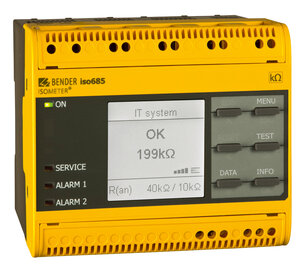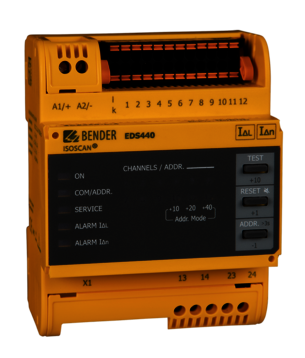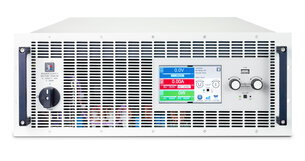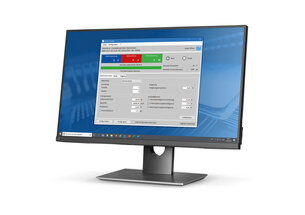Batteries & Energy Storage Systems
Energy storage systems are systems used to store excess electrical energy generated from renewable sources such as solar and wind, for later use. These systems can help balance energy demand and supply, improve energy efficiency, and reduce dependence on fossil fuels. Energy storage systems can be classified into different categories, including chemical (e.g. batteries), mechanical (e.g. pumped hydro), thermal (e.g. molten salt), and electrostatic (e.g. capacitors). The selection of a specific storage system depends on several factors, including the desired power and energy capacity, efficiency, cost, and environmental impact.
Insulation monitors and residual current monitors are critical components of energy storage systems to prevent fire hazards. Insulation faults, such as breakdown or degradation, can cause electrical arcing, sparking, and overheating, potentially leading to fire incidents. To avoid these hazards, insulation monitoring systems continuously monitor the insulation resistance of energy storage devices and alert operators in case of any abnormal changes. These systems also provide real-time data and historical records, which can be used to analyze insulation performance and predict potential failures. Effective insulation monitoring helps ensure the safety and reliability of energy storage systems and protects against fire hazards.
Residual current monitoring systems continuously monitor the flow of residual current in energy storage devices and trigger alarms or shut down the system in case of excessive residual current, which can indicate an electrical fault and potential fire hazard. These systems play a vital role in ensuring the safety and reliability of energy storage systems and protecting against fire incidents.



Monitoring of Energy Storage Systems
Bender Isometers continiuosly monitor the isolation resistance in unearthed systems (IT systems) and alert operators in case of any abnormal changes. In combination with an EDS (aka insulation fault location devices) they can detect early in which circuit the incident occurs. Long trouble shooting times can be avoided, and problems can be fixed in a fast pace.



Testing of Batteries for Energy Storage Systems
Battery technologies play a significant role in moving from fossil fuels to renewable energies. Batteries have become an essential part of daily life. They provide power for various applications, e. g. mobile phones, notebook computers, electric vehicles, or even electric ferries. Energy storage systems enable operators to store energy from renewable sources to fulfill the electricity demands of users when actually needed.
For those kinds of applications, it is necessary to test batteries to ensure efficiency and state of health. Traditional battery tests use programmable DC power supplies for charging and electronic or resistive loads for discharging the batteries. However, in today's world, there is a way to achieve that goal more efficiently and economically.
EA Elektro-Automatik's bidirectional regenerative power supplies can perform the tests for charging and discharging batteries. EA Elektro-Automatik's PSB/PUB Series combines the functions of a programmable DC power supply (for charging) and a regenerative electronic load (for discharging) in one device. More than this, PSB/PUB series provide a seamless transition between both functions.
Advantages and sustainability
Using bidirectional renerative power supplies provides a couple of benefits, like huge savings for initial investment, rack space, and footprint. Since PSB/PUB series are regenerative devices, they further provide huge savings potentials during operation due to low energy consumption during tests but also less needed cooling capacity (which influences the initial investment again).
Sustainability is becoming a key challenge. Second-life battery concepts and battery recycling have a significant impact on a sustainable future. Using regenerative loads and bidirectional programmable DC power supplies from EA will make your battery recycling safe, efficient, flexible, and saving.
Application examples
- Battery testing bidirectional power supplies for efficient battery testing
- Battery pack, module, and cell testing for second live battery concepts
- Secure discharging of old batteries during recycling processes before dismantling
- Secure discharging of batteries for transport.
- Monitoring of Battery Energy Storage Systems with IMD, EDS or RCM techology

